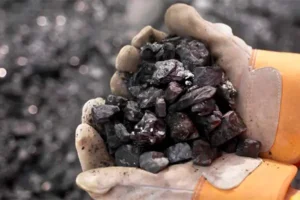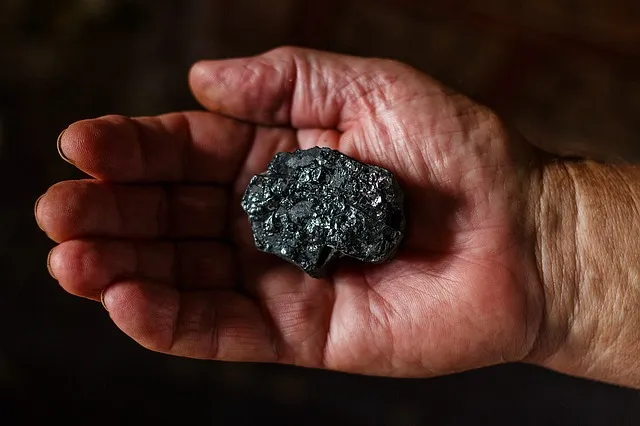Trading Economics Iron Ore: Iron ore prices have been volatile for many years, and they have been impacted by various factors.
In the early 2000s, iron ore prices were relatively stable, with prices averaging around $20-$30 per tonne. However, prices began to rise in the mid-2000s due to strong demand from China, which was rapidly industrializing. By 2008, iron ore prices had reached record highs, with prices exceeding $180 per tonne.
The global financial crisis of 2008 had a significant impact on iron ore prices as demand fell sharply. Prices dropped to around $60 per tonne in 2009, but they quickly rebounded in 2010 as China’s economy recovered.
From 2010 to 2013, iron ore prices remained relatively stable, averaging around $110 per tonne. However, prices began to decline again in 2014 due to oversupply and weaker demand from China.
Understanding Iron Ore Trading Economics: An Essential Guide
Iron ore plays a crucial role in the global economy as one of the most widely traded commodities. Its abundance, versatility, and significance in steel production make it a key indicator of economic health and development.
In this blog post, we will delve into the world of iron ore trading economics, exploring its importance, market dynamics, key players, and factors influencing its price fluctuations. This guide offers valuable insights into the iron ore market for investors, traders, and those interested in global trade.
The Significance of Iron Ore
Steel, a product essential to many industries like manufacturing, transportation, and construction, is made primarily from iron ore. As a basic building block of infrastructure and economic growth, iron ore demand reflects the health of industrial sectors and overall economic activity. Understanding its trading economics can help gauge market trends and anticipate shifts in global trade dynamics.
Iron Ore Market Dynamics
The global iron ore market operates on a supply-demand basis, influenced by various factors such as production levels, consumption patterns, and geopolitical developments. Major iron ore producers include countries like Australia, Brazil, and China, while key consumers are mainly concentrated in Asia, particularly China. The market is also influenced by freight costs, infrastructure investments, currency exchange rates, and environmental regulations.
Pricing and Benchmarking
Iron ore prices are determined through a combination of spot market transactions, long-term contracts, and price benchmarking systems. And the Platts Iron Ore Index (IODEX) is the widely recognized benchmark, offering reference prices for different grades. These benchmark prices are crucial for traders, miners, and steel producers to negotiate contracts and assess market trends.
Key Influencing Factors
Several factors impact iron ore prices, including:
a. Global Economic Conditions: Economic growth, industrial production, and infrastructure investments directly affect iron ore demand and prices.
b. Supply and Demand Dynamics: Changes in production volumes, new mining projects, disruptions, and shifts in steel production influence the balance between supply and demand.
c. Chinese Steel Industry: As the world’s largest steel producer and consumer, China’s steel industry has a significant impact on iron ore prices and global market trends.
d. Geopolitical Developments: Political instability, trade policies, and infrastructure investments in major iron ore-producing and consuming countries can affect market dynamics.
Trading Strategies and Risk Management
Iron ore trading involves various participants, including miners, traders, steel mills, and financial institutions. Trading strategies often involve forward contracts, futures, options, and hedging mechanisms to manage price risks and optimize profitability. Understanding market trends, conducting fundamental and technical analyses, and monitoring global macroeconomic factors are crucial for successful trading.

The Impact of Iron Ore Prices on Global Trading Economics
Iron ore has long been one of the most essential materials in the global economy. This versatile commodity plays a vital role in various industries, including steel production, construction, and infrastructure. As a result, fluctuations in iron ore prices can have a significant impact on global trading economics. In recent years, the volatility of iron ore prices has been a hot topic for economists, traders, and investors alike.
The swings in iron ore prices, from peaks to plunges, have ignited debates on the global economy’s outlook. In this article, we’ll explore the various factors that influence iron ore prices and examine the impact they have on global trading economics. Whether you’re a seasoned investor or just starting out, understanding the impact of iron ore prices is essential for making informed decisions in today’s rapidly changing economic landscape.
Conclusion
Trading economics in the iron ore market is a complex and dynamic field that holds immense significance for global trade and economic development. As a fundamental component of steel production, iron ore’s trading economics reflect industrial growth, infrastructure investments, and market dynamics.
By understanding the key players, influencing factors, pricing mechanisms, and trading strategies, individuals can gain insights into this vital commodity and its role in shaping the global economy.
Whether you are an investor, trader, or simply curious about the intricacies of global trade, delving into the world of iron ore trading economics can provide valuable knowledge and enhance your understanding of the interconnectedness of economies worldwide.
Next Article:






